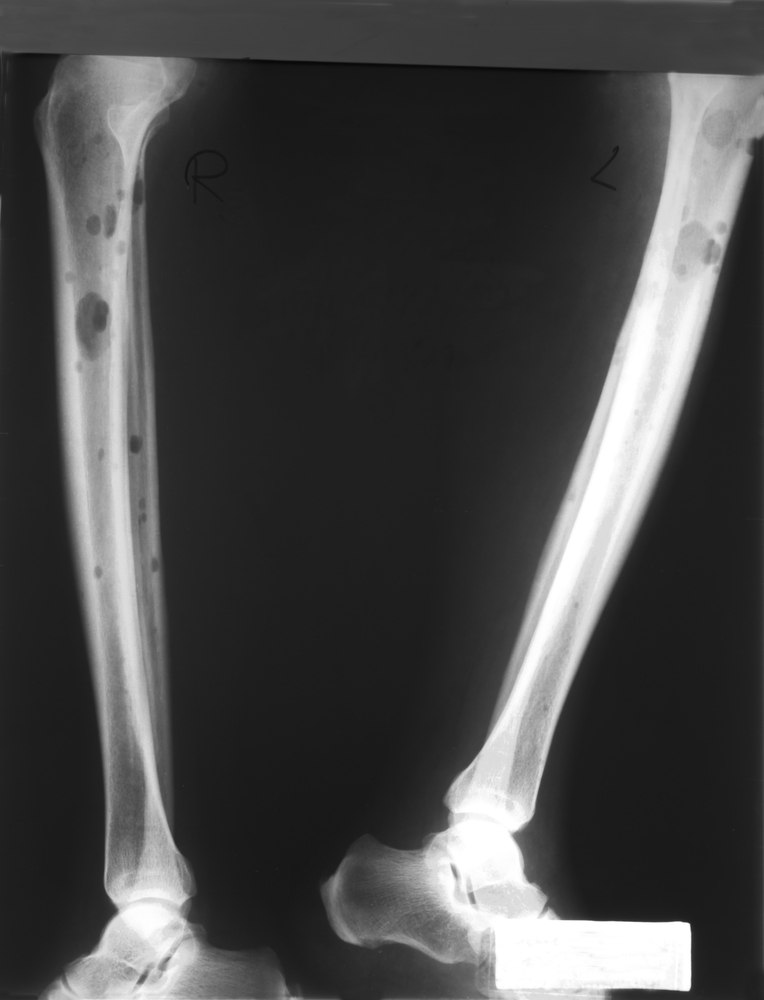Xgeva Matches Standard of Care in Delaying Bone Lesions in Multiple Myeloma Patients, Amgen Reports
Written by |

Amgen announced that its RANKL inhibitor, Xgeva (denosumab) met its primary endpoint in a Phase 3 trial as a potential treatment for bone complications in multiple myeloma — that of non-inferior results, compared to zoledronic acid, in delaying the time to a first, on-study skeletal-related event in newly diagnosed patients.
But the trial failed to met its secondary endpoints of superiority in delaying time to first a event, and in delaying time to first-and-subsequent skeletal-related events. Overall survival was similar among patients receiving Xgeva or zoledronic acid, results found.
“Bone complications like fracture, spinal cord compression and radiation or surgery to bone are devastating for multiple myeloma patients. Many of these patients suffer from renal impairment, which has limited their treatment options,” Sean E. Harper, MD, executive vice president of Research and Development at Amgen, said in a press release. “XGEVA’s unique mechanism of action has the potential to prevent bone complications in multiple myeloma patients regardless of their renal status, fulfilling an important unmet medical need.”
Multiple myeloma, the second most common hematologic cancer, is often accompanied by lesions that appear as “holes” on X-rays of patients’ bones. This happens because the normal bone remodeling processes that keeps bones healthy and strong are disrupted in multiple myeloma.
Usually, special bone cells called osteoclasts break down old bone, whereas the other bone cells — osteoblasts — create new bone tissue. In myeloma patients, the malignant plasma cells increase the activity of osteoclasts, causing them to break down the bone at a faster pace than usual. This causes the so-called osteolytic lesions, which are painful and can increase patients’ risk of developing bone complications, like breaks or fractures.
Preventing bone complications is an important aspect of caring for multiple myeloma, and nearly three-quarters of myeloma patients are under treatment to prevent bone lesions.
Xgeva is an inhibitor of the RANK ligand pathway, preventing the differentiation, activity, and survival of osteoclasts, the cells that break down bone. It is currently approved for cancer patients with solid tumors whose disease has metastasized to the bones, and for adults and skeletally mature adolescents with unresectable giant cell tumor of bone (or an overly risky surgery).
To assess whether Xgeva had non-inferior results to zoledronic acid in preventing multiple myeloma-derived bone lesions, researchers conducted the international, double-blind, ‘482 Phase 3 trial (NCT01345019). The study enrolled 1,718 newly diagnosed patients, who were randomized to receive either subcutaneous Xgeva (120 mg) or intravenous zoledronic acid (4 mg) every four weeks.
For its primary endpoint of non-inferiority, skeletal-related events were defined as fracture, radiation to bone, surgery to bone, or spinal cord compression.
Adverse events observed in the Xgeva group were consistent with its known safety profile, with the most common adverse events being diarrhea and nausea.
Researchers plan to present the data in more depth at an upcoming medical conference and to submit the results for publication. Trial data will also be submitted to regulatory authorities, part of a request to extend the approval of Xgeva to preventing bone lesions in multiple myeloma patients.






